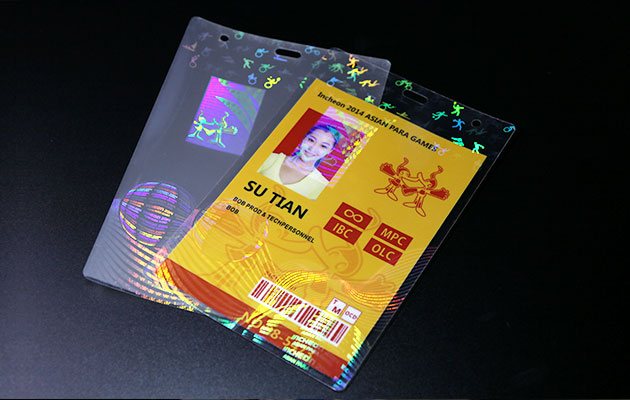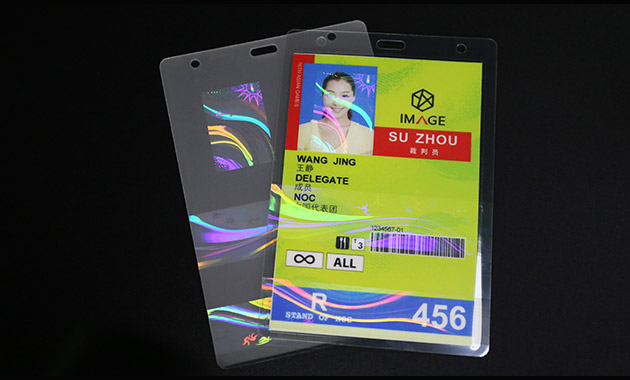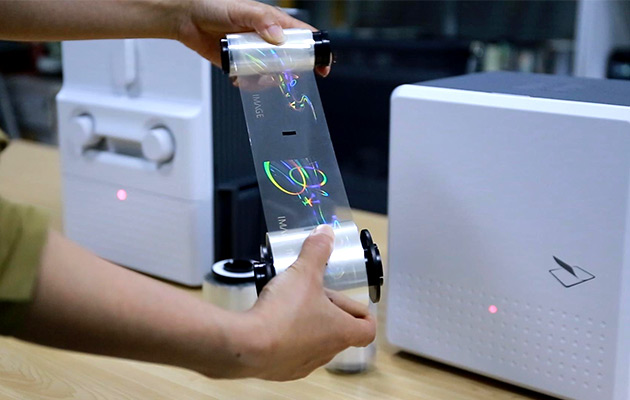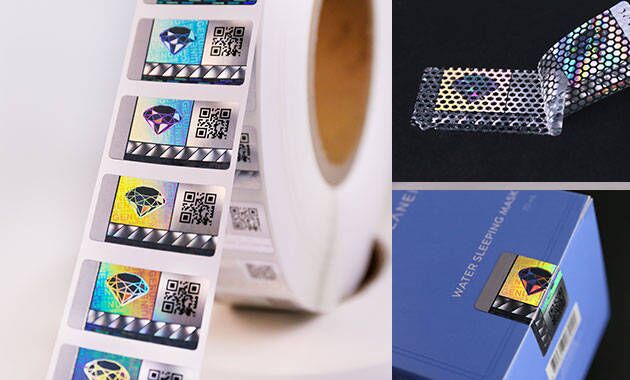Previously, we introduced Image Technology’s optical patch film, known for its excellent resistance to abrasion and scratches. It effectively protects personalized data printed on ID cards.
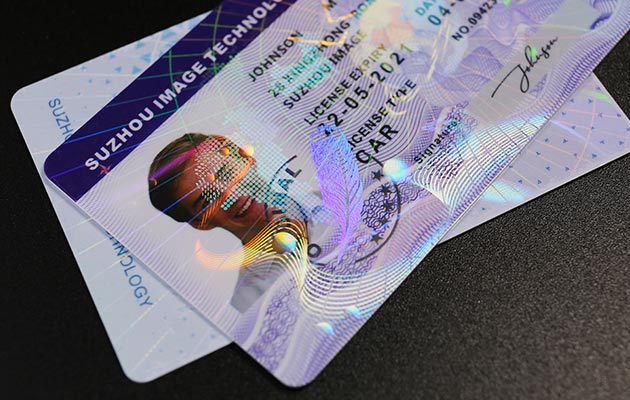
In this issue, let’s meet another “security expert” for card-type identity documents — the optical security transfer overlay. Many people wonder: what’s the difference between a transfer overlay and a patch film? Let’s find out.
Differences Between Heat Transfer Overlay and Patch Film
The optical heat transfer overlay transfers the security layer directly onto the card surface. This makes the optical image and the card body inseparable. It achieves edge-to-edge lamination, creating a unified and seamless appearance.
In contrast, the patch film acts as a separate protective layer laminated onto the card surface. It provides strong resistance to scratches and wear. The film is usually about 1 mm smaller than the card on each side. Both solutions offer reliable protection but serve different application needs.
The Core of Security: Micro-Nano Optical Technology
The strength of the transfer overlay lies in micro-nano optical anti-counterfeiting technology. Nanostructures on the film manipulate light refraction and interference to create vivid 3D dynamic effects.
Image Technology’s optical transfer overlay offers excellent flexibility and thermal stability. These properties ensure the optical pattern remains clear and stable during lamination. After transfer, the optical layer fully integrates with the card surface — smooth to the touch with no raised texture.
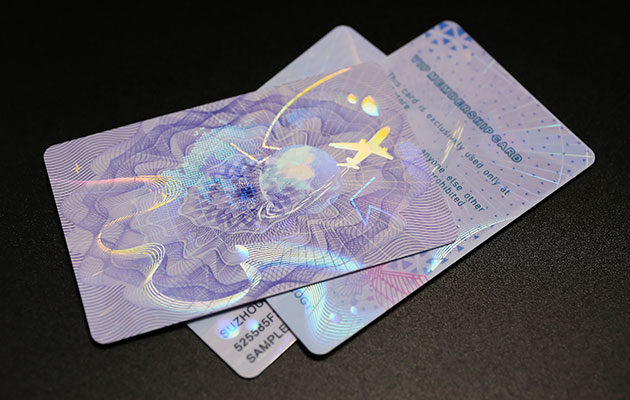
Its high transparency keeps printed data visible. The optical pattern resolution, reaching up to 20,000 dpi, makes duplication through ordinary printing almost impossible. This significantly raises the cost and difficulty of counterfeiting.
How Optical Images Are Transferred onto Cards
- Load the heat transfer overlay roll into the laminating or print-lamination machine.
- Insert pre-printed cards into the input hopper.
- Print personalized data on one or both sides.
- The machine automatically performs the transfer lamination.
- Collect the finished cards — now protected with the optical transfer overlay.
This automated process ensures precision, consistency, and efficiency. It eliminates manual errors and guarantees uniform anti-counterfeiting performance across all cards.
Wide Application Adaptability
Image Technology’s optical security transfer overlay offers a versatile and efficient solution for many identification systems. It is widely used in travel permits, airport access passes, and other security-sensitive credentials.
The overlay also suits standard ID cards, bank cards, student cards, and membership cards. It enhances the protection of personal information and prevents unauthorized modification or tampering.
Whether you choose a patch film or a transfer overlay, the goal remains the same — to make every card secure, durable, and tamper-proof. Through continuous innovation, Image Technology ensures every card is safeguarded — even before counterfeiting begins.


